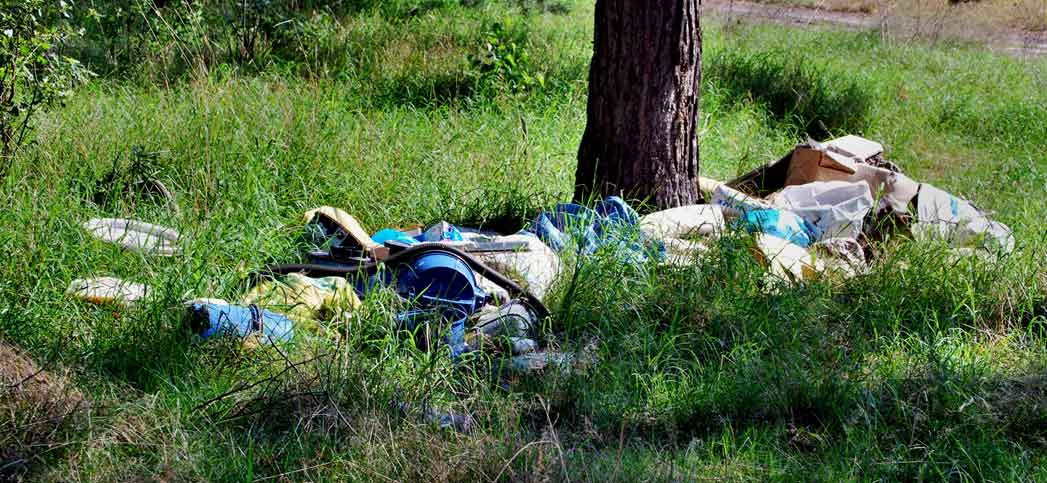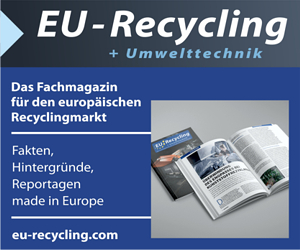London — In the UK, 11,900 litter incidents were reported in apps, in Spring Clean 303,000 volunteers were involved, at Beach Clean 744 items of litter per 100 meters of beach were found, 88 percent of places meet the acceptable standard of litter, 30 percent of people perceive litter as a problem, and the cost of keeping the streets clean total 29 £. But what do these numbers tell about the grade and extent of litter pollution?
„There’s no one perfect way to measure litter“, says the Department for Environment, Food & Rural Affairs, because
- if we measured litter by weight, we wouldn’t know if we were counting a small number of heavy items, or a large number of light items
- if we measured the number of litter items this wouldn’t necessarily reflect the impact on the way a place looks – a small number of large items might make a place appear more littered than a large number of small items
- measuring only the presence or absence of litter does not show how long the litter has been there, or how much of it is present.
So in the latest edition of „Litter and littering in England 2016 to 2017“, Defra published a group or ‘dashboard’ of indicators. The „dashboard“ covers litter from 5 angles:
- litter on the ground (including beach litter)
- public perception of litter
- cleanliness of public places
- involvement of the public in doing something about litter
- the cost to the public of keeping the streets clean
This does not mean a definitive measure of litter, but it illustrates what is happening now using available data by looking at litter from different angles and bringing different figures together in one document. Over time additional indicators may be included or existing ones improved if new suitable data emerging were found.
These indicators should be viewed as a group (to keep each one in context). For example, an increase in reported incidents could be because more people are getting involved in tackling litter and using an app to report problems, rather than an actual increase in litter on the ground.
The „dashboard“ is comprehensively described under gov.uk.
Source: Department for Environment, Food & Rural Affairs (Defra)




